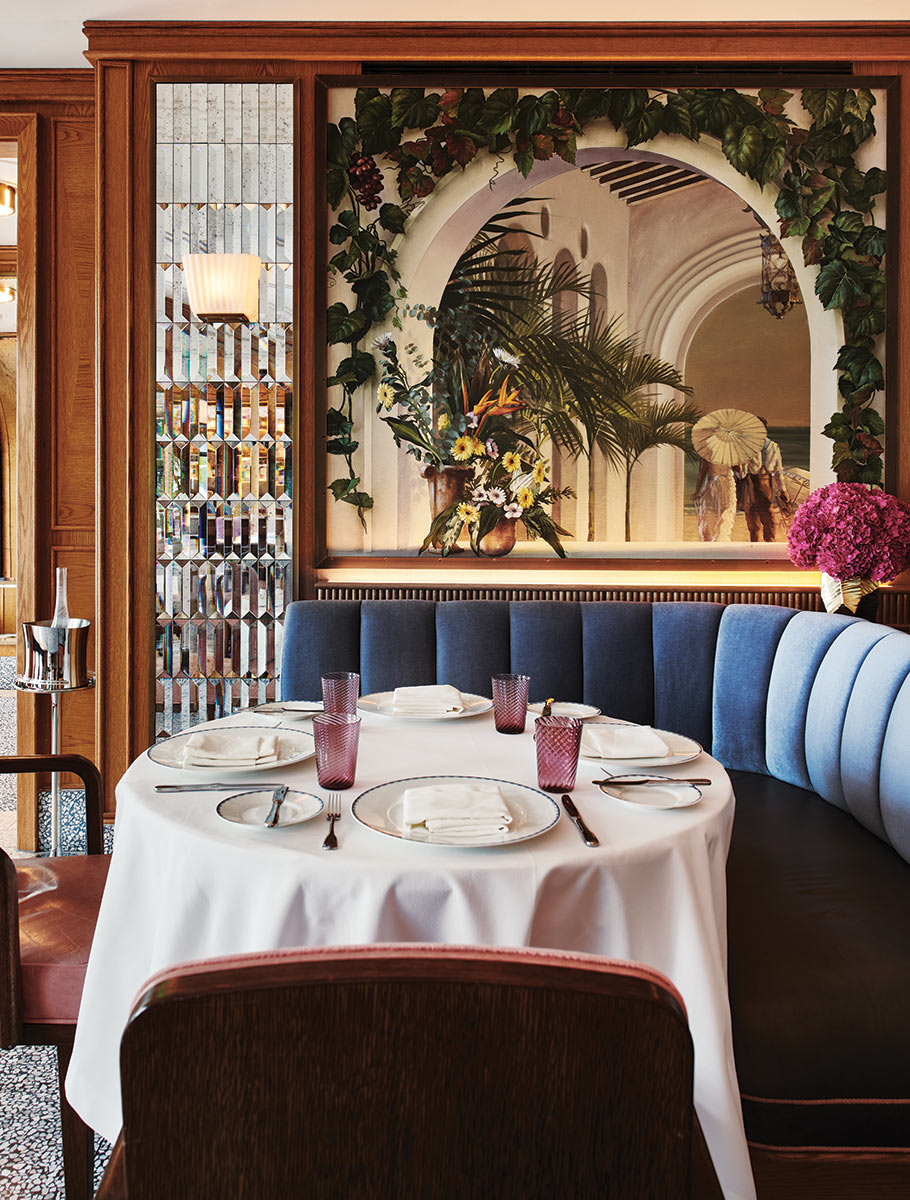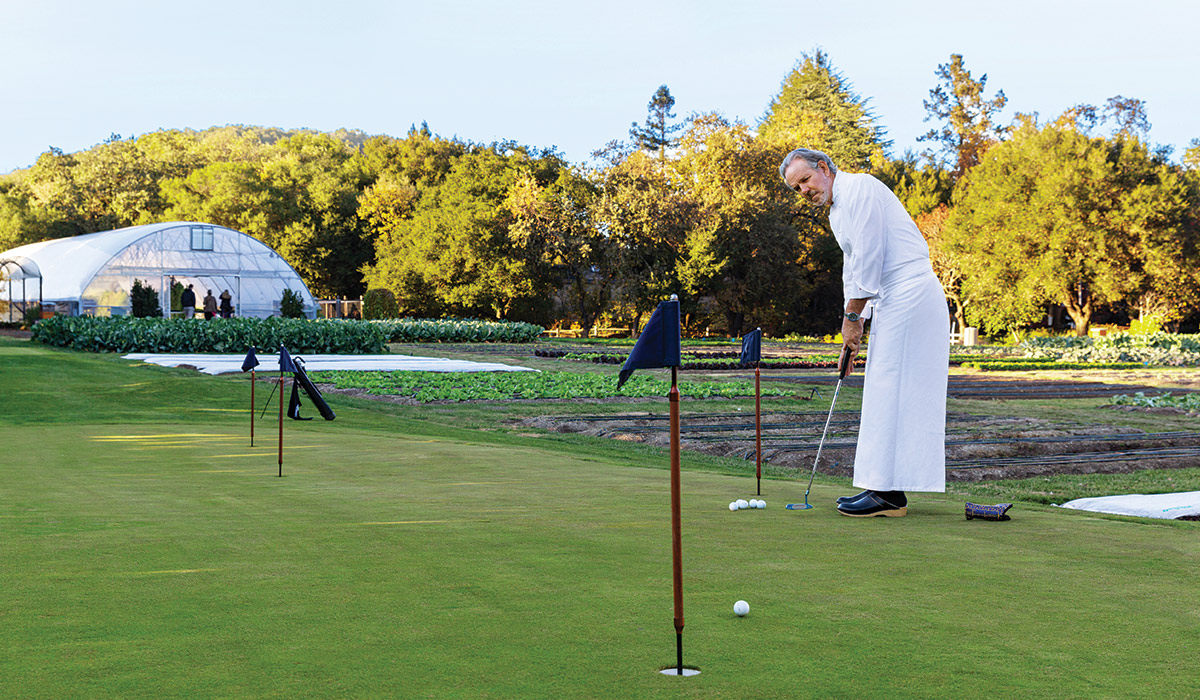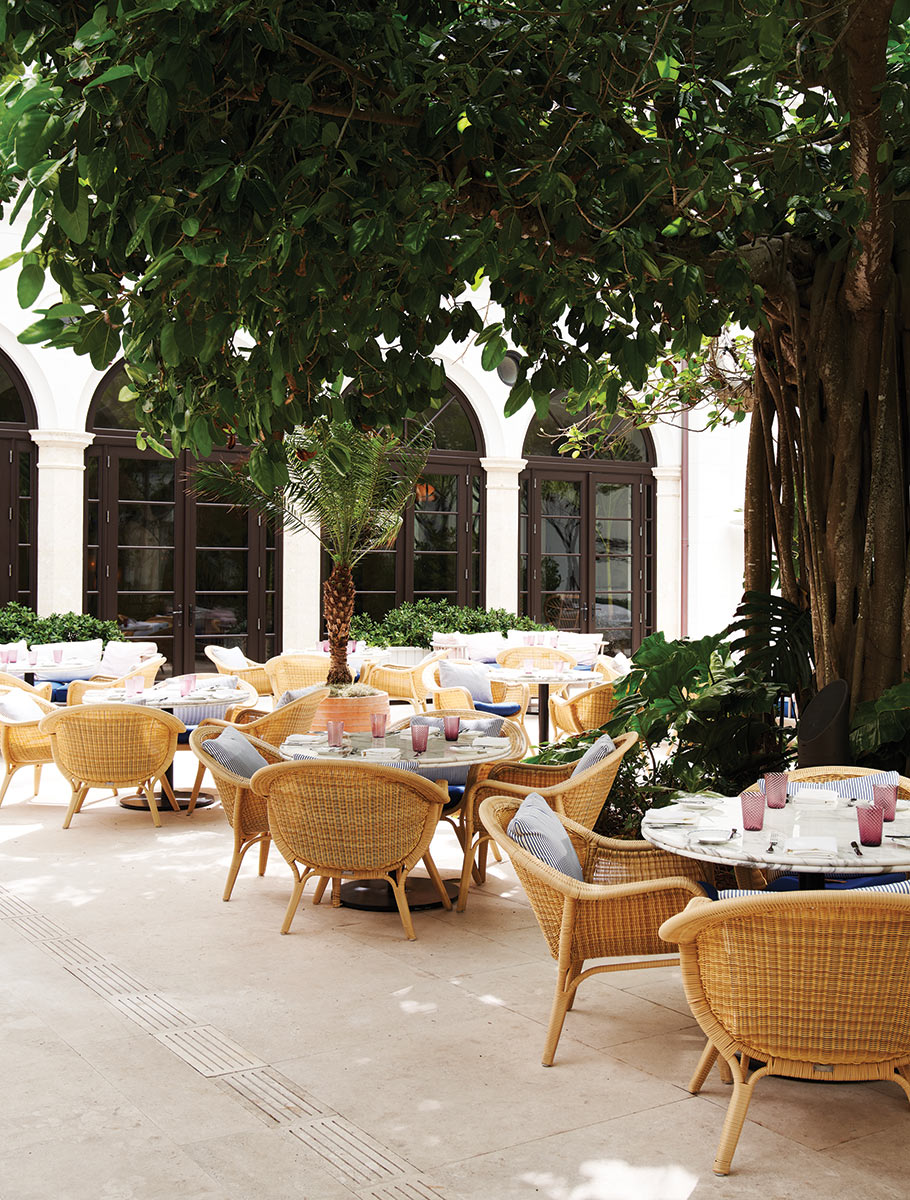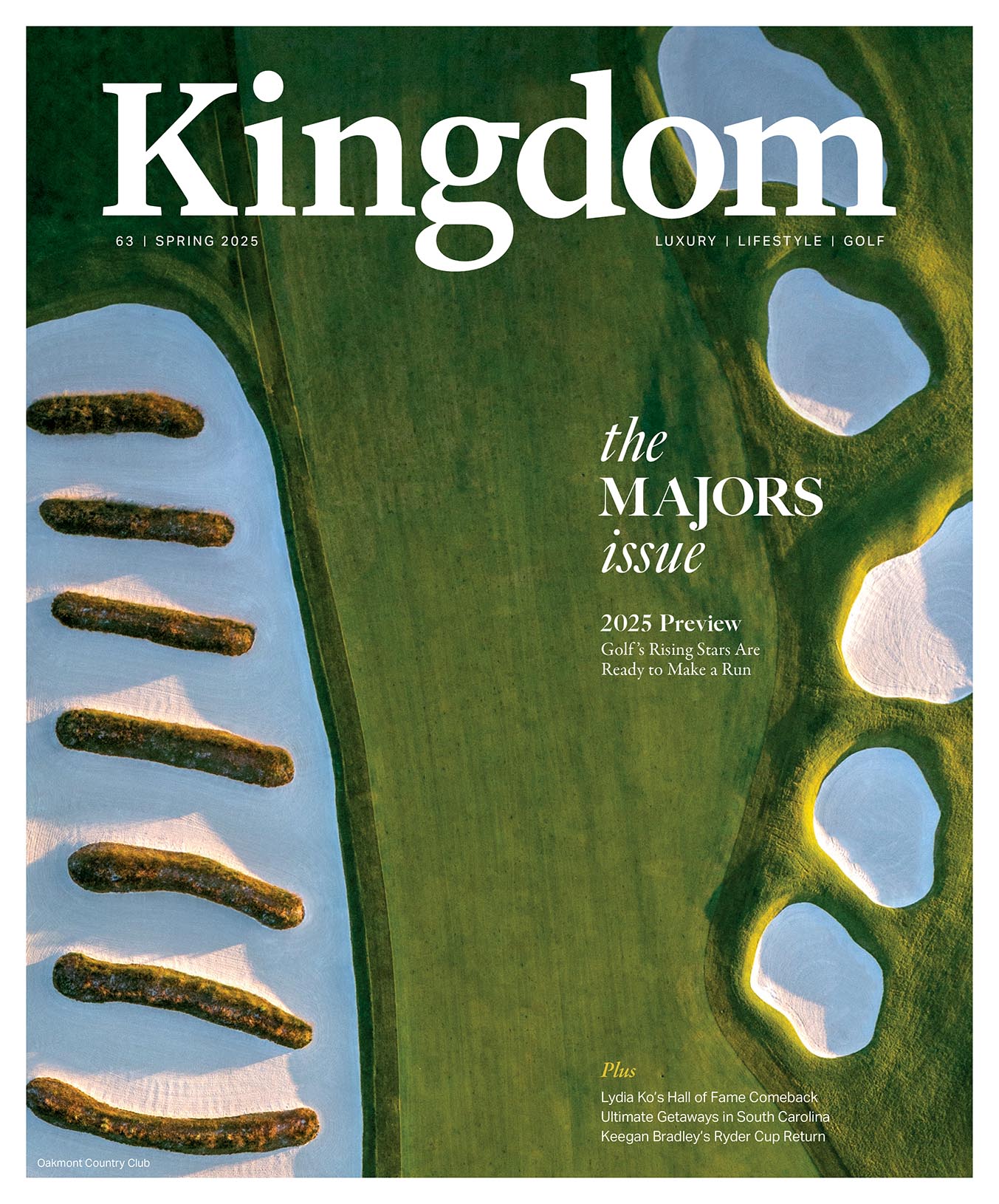
“Who’s doing what they do and doing it extremely well? Whether it’s physically or mentally, it’s those individuals who continue to practice what they do and learn about what they’re doing. You think about cutting brunoise, which is a very small dice of vegetables. You learn how to do it, and you start to practice it. At first you’re adequate, you really have to focus and concentrate, you’re kind of slow because you’re trying to do the perfect job—because it is supposed to be a perfect cut every time. You’re doing it in abundance, so it takes a while, so it’s something you have to focus on (which is another thing about golf and cooking: focus). And you get better at it as time goes on, to the point where you can actually teach somebody how to do it, which is really important. And then it becomes liberating, because you don’t have to think about it, you just do it… and now you can think about other things, like ‘What am I going to do with brunoise? I’ve got all these ideas about brunoise now, and I can actually think about those ideas while I’m doing it.’”
Keller says repetition applies to any pursuit, and points to Billy Horschel’s winning performance at this year’s Memorial Tournament, including a 53-foot eagle putt, as just one example of how repetition liberates one in golf.
“You see him chipping, putting,” Keller says. “There’s a little bit of luck in golf, I think we all believe that, but a lot of practice. Billy’s out there putting every day, chipping every day. Repetition, in anything you do, it’s important.”














